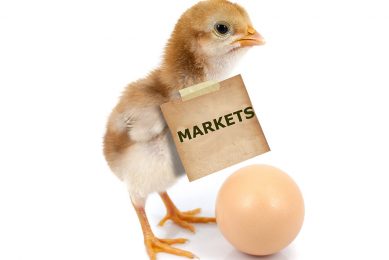Burmese poultry farmers face oversupply
The poultry industry in the Burmese region of Yangon is facing an oversupply which is depressing prices to dangerous levels for farmers, the chairman of the Myanmar Livestock Federation has stated.
“The wholesale price of chicken is lower than its production cost now, so farmers are facing difficulty in keeping their business going,” said U Win Sein, the federation’s chairman.
Last week the wholesale price of chicken last week was about K2250-K2350 a viss (1 viss is 1.6 kilograms or 3.6 pounds) whereas the cost of rearing chickens was about K2600 a viss, he said.
“There is no balance between supply and demand in the market. The supply of chickens into the market is double the demand, which means prices are falling,” said U Win Sein. Despite the drop in wholesale prices, which are more than 20% down on the same time last year, the retail price remains about K5000 a viss.
The federation met with farmers, wholesalers and the Yangon City Development Committee at the federation’s headquarters in late November to try to negotiate a solution to the oversupply problem. One idea put forward during that meeting was to allow more chicken retail markets to open up but YCDC officials immediately blocked the suggestion. U Win Sein said the federation was planning to encourage more people to buy frozen chicken.
“We have to let more people know that it’s perfectly healthy to buy and consume frozen chicken meat. People here always want their meat fresh but it’s difficult for retailers because they have only one day to sell the meat or it goes bad,” he said.
Farmers have also complained that feed and chick prices are too high, which increases the cost of rearing stock. Another factor contributing to the oversupply of chickens to the market is an increase in dual fish-chicken farming by fish farmers. This controversial practice sees fish farmers set up chicken coops above their ponds, with the fish feeding off the waste produced above.
A spokesperson for the Myanmar Fish Farmers Association said dual farming lowered feed costs for farmers and provided them with extra income. However, it has also contributed to the flood of fowl into market since mid-September.
Source: The Myanmar Times













